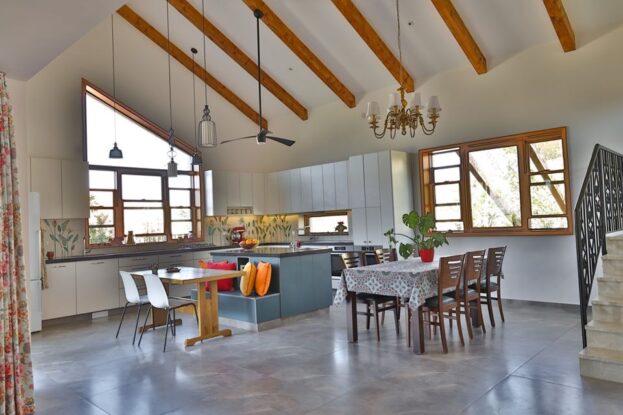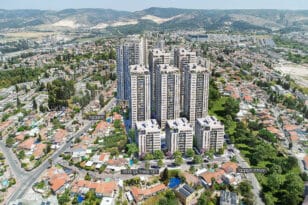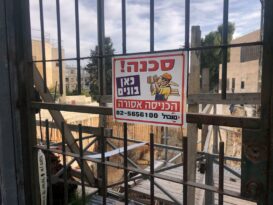Almost all the plans approved are located in settlements characterized by ground-level construction. While many people choose to buy homes in the West Bank for ideological reasons, in recent years, many middle-class buyers seeking a better quality of life for a more affordable price are buying homes in these areas. With large homes, spacious yards, and even pools, some settlements resemble affluent American suburbs, making them a popular choice among immigrants from the United States hoping to maintain their familiar standard of living.
Last week, the Civil Administration Higher Planning Committee, which oversees all planning in the Israeli-controlled areas of the West Bank, advanced dozens of construction plans for a total of 5,400 new homes in Judea and Samaria.
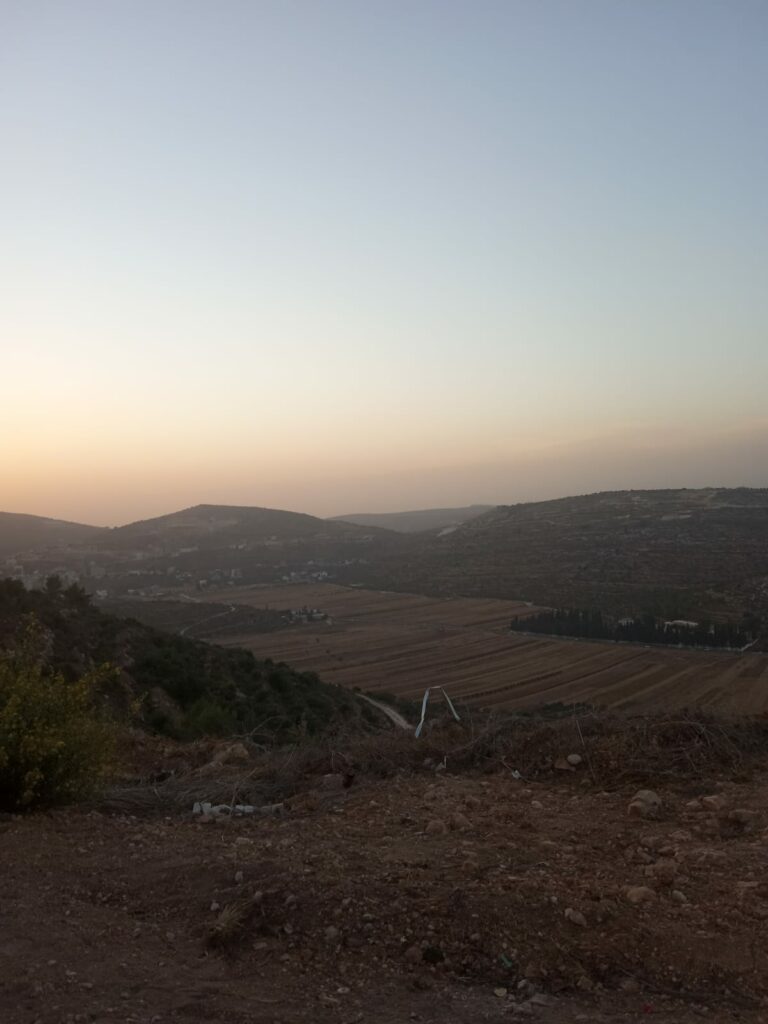
Approximately 2,800 of the plans received the final stamp of approval after which a building permit can be issued, while 2,600 more were approved for “deposit,” an earlier planning stage that does not permit actual construction. Almost all are located in settlements with a rural character characterized by single-family homes and duplexes, with a few in areas with apartment buildings.
Among the settlements in the West Bank that received final approval for a significant number of homes are Beit El (382 units), Adam (357 units), Nili (354 units), Shiloh (217 units), Nokdim (205 units), Metzad (200 units), and Yitzhar (200 units), while settlements that had major plans approved for deposit include Eli (630 units), Har Gilo (560 units), and Har Bracha (286 units).
In addition to residential homes beyond the Green Line, the Higher Planning Committee also approved the building of commercial centers and sports facilities in some of the settlements, and even the establishment of a motor park race track in Pezael, located in the Jordan Valley.
What is the political status of the settlements?
The term “settlements” (yishuvim) refers to residential towns established by Jewish Israelis in the areas occupied by Israel during the Six Day War of 1967. Today, there are approximately 150 settlements with around 464,000 Jewish residents (as of the end of 2019), making up roughly 5% of Israel’s total population.
Granting approval to build new homes beyond the Green Line is a politically controversial topic on both a national and international level, as some countries hold that the establishment and expansion of the settlements goes against international law. They are also considered by many to be one of the main obstacles preventing the establishment of a future Palestinian state. As a general rule, this view makes the settlement movement popular among Israeli right-wing circles, while provoking strong opposition from those pushing for territorial compromises with the Palestinians.
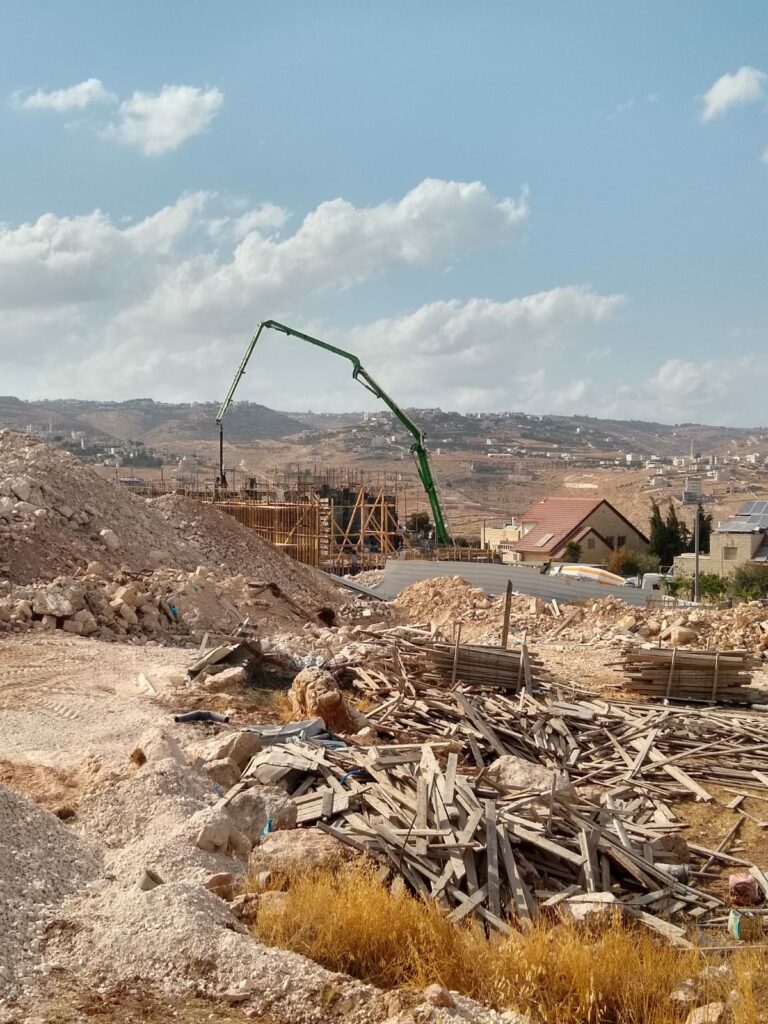
Due to the sensitivity of the topic, in 2017, the government of Israeli decided that the Civil Administration Higher Planning Committee would convene only once every three months, as opposed to the building councils of other districts, which meet on a monthly basis. Practically speaking, however, the Higher Planning Committee convenes less than once each quarter. Their meeting in October was the first since February, more than eight months earlier.
It is interesting to note that the most recent meeting took place immediately following the celebrated signing of a peace treaty between Israel and the United Arab Emirates and Bahrain. It is possible that the council meetings were purposely delayed until this point to avoid sabotaging the negotiations that led up to the historic deal.
Why are homes on the West Bank so attractive to American buyers?
If the purchase of an apartment in Judea and Samaria was once driven by ideological beliefs, indicating a solid right-wing worldview, affiliation with religious Zionism, and support for the complete land of Israel, in recent years, more main-stream families have purchased homes on the West Bank seeking mainly the quality of life these communities have to offer, which includes an affordable house with a spacious yard.
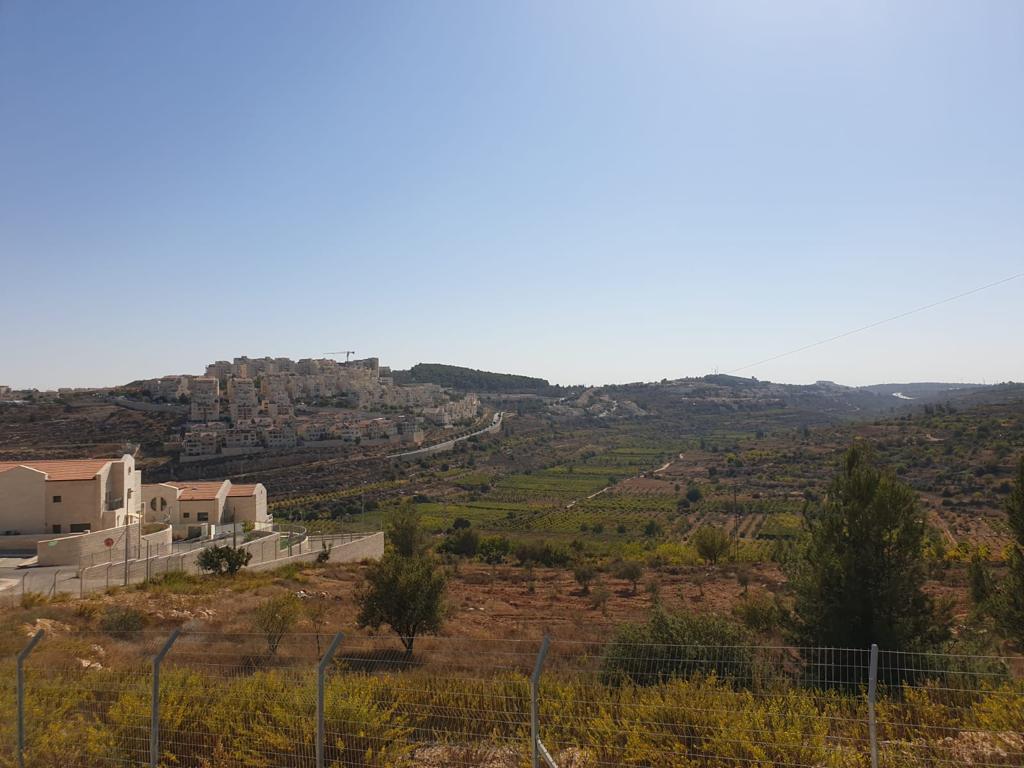
Take, for example, the settlement of Nili in Samaria, where the council has now approved the construction of hundreds of housing units. The settlement is characterized by a secular population and is located relatively close to the Green Line. In recent months, deals have been signed to purchase large private houses of 6 and 7 rooms at prices of NIS 2.2-2.3 million. While at the same time, in the nearby city of Modi’in, located within the boundaries of the Green Line, this same amount would be sufficient to purchase only a four-bedroom apartment of approximately 110 square meters, in a building.
For this reason, homes in Judea and Samaria have become an attractive option for American middle-class immigrants seeking a property in Israel, allowing them to maintain a similar lifestyle to that which they left behind in the affluent suburban neighborhoods of the United States, which includes a spacious house on multiple levels, a large yard, and sometimes, even a pool. Settlements that are close to Jerusalem, such as Adam, Efrat, Ma’ale Adumim, and Gush Etzion settlements, have become particularly popular among religious and even “lite” ultra-Orthodox American purchasers.
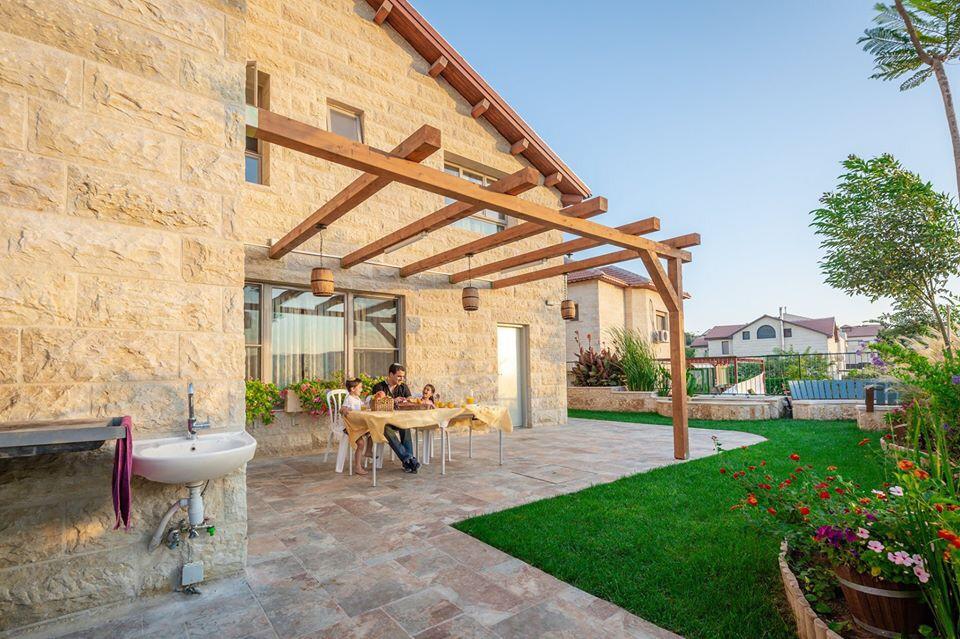
An advantage of purchasing homes in Gush Etzion is the high probability that they will remain in Israeli territory in any future agreement with the Palestinians, since this is an area with intensive Jewish settlement, near Jerusalem. In some communities, prices have increased significantly over the years. In Neve Daniel, for example, the average price of a house of approximately 250 sqm is over NIS 3 million; in Alon Shevut, the average transaction price in recent years stood at NIS 2.7 million. Elazar offers cheaper purchase options, with average prices of NIS 2 million. The main city in the bloc is Efrat, where a 4-room apartment can be purchased for NIS 1.3-1.4 million.
